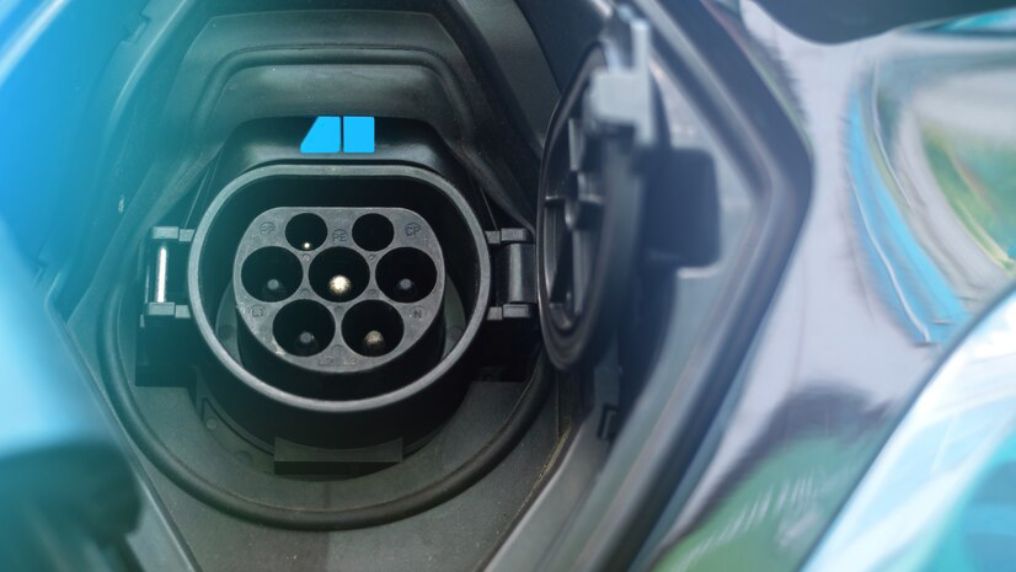Electric vehicles (EVs) are steadily gaining traction as the future of transportation, but many remain curious about the technology powering their silent hum. The heart of an EV lies in its battery pack, a complex marvel of chemistry and engineering. Today, we delve into the inner workings of this crucial component, exploring how it stores and delivers the energy that propels EVs forward.
The Building Blocks: Inside a Battery Cell
Imagine a tiny factory dedicated to shuffling ions. That’s essentially what a single battery cell does. It’s made up of three key components:
- Electrodes: These are two conductive plates, one positive (cathode) and one negative (anode). Lithium-ion batteries, the most common type in EVs, typically use lithium metal compounds in the anode and cobalt-based materials in the cathode.
- Electrolyte: This is a special liquid or gel that conducts ions, but not electrons. It acts as the highway for the tiny charged particles to flow between the electrodes.
- Separator: This thin, porous membrane sits between the electrodes, preventing them from physically touching but allowing ions to pass through.
The Magic of Discharge: Powering the Wheels
When you step on the accelerator in your EV, the magic happens. Here’s how:
- Activation: The car’s electrical system activates the battery, prompting the movement of lithium ions.
- Lithium Party: Lithium ions love to travel! They leave their comfy spots in the anode and head towards the cathode, attracted by its positive charge.
- The Ion Highway: As the lithium ions travel through the electrolyte, they can’t directly cross the separator. Instead, they create an electric current flowing through the external circuit connected to the car’s electric motor.
- Wheels in Motion: This electric current powers the motor, converting electrical energy into kinetic energy, propelling the car forward.
- Energy Depletion: As the lithium ions reach the cathode, the battery’s stored energy depletes, and the voltage drops. The car’s range indicator reflects this decrease.
The Recharge Revolution: Filling the Tank with Electrons
When you plug your EV into a charging station, the process reverses:
- Electrons on the Move: The charger provides electrons to the battery.
- Lithium Reunion: The electrons flow through the external circuit and into the anode, attracting the lithium ions back from the cathode.
- Replenishing the Reserve: As lithium ions return to their original positions, the battery recharges, storing chemical energy for future use.
Beyond Lithium-ion: Exploring the Future
While lithium-ion batteries dominate the EV landscape, researchers are constantly exploring alternatives. Some promising contenders include:
- Solid-state batteries: These use a solid electrolyte instead of a liquid, potentially offering faster charging, higher energy density, and improved safety.
- Lithium-sulfur batteries: These boast significantly higher theoretical energy densities than lithium-ion, but challenges remain in terms of stability and lifespan.
- Metal-air batteries: These use readily available metals like lithium or aluminum and oxygen from the air, offering potentially low cost and high energy density, but their practical implementation is still under development.
Beyond the Battery: A Holistic System
It’s important to remember that the battery is just one piece of the EV puzzle. Other crucial components like the electric motor, battery management system, and regenerative braking all play vital roles in optimizing performance, range, and efficiency.
The Road Ahead: A Brighter Future with EVs
Understanding how electric vehicle batteries work is key to appreciating the technology’s potential. As battery research continues to advance, offering greater range, faster charging, and improved sustainability, EVs are poised to revolutionize transportation, paving the way for a cleaner and more efficient future.

